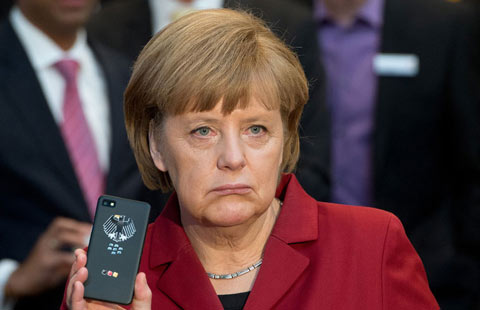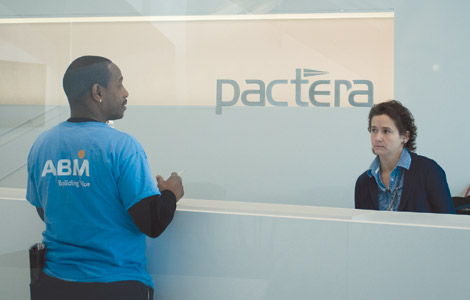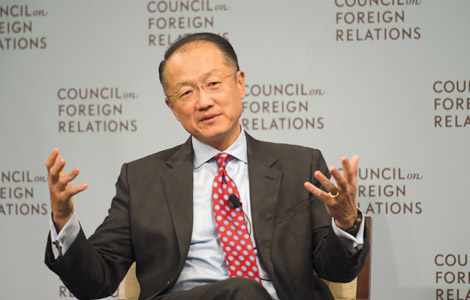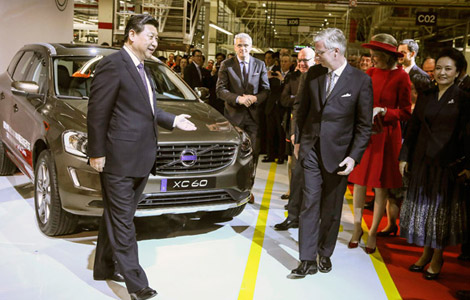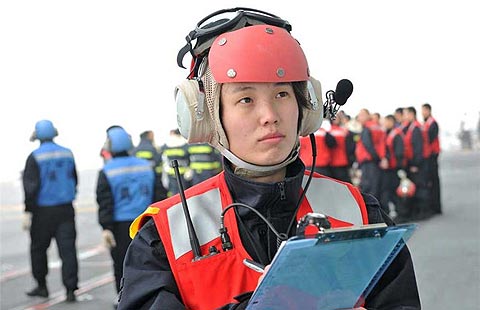FTA agenda for APEC economic leaders
Updated: 2014-04-03 07:35
By Tang Guoqiang and Wang Zhenyu (China Daily USA)
|
|||||||||
China is hosting the 22nd APEC Economic Leaders' Meeting. The theme of the meeting will be "shaping the future through Asia-Pacific partnership" and one of the three topics will be "advancing Asia-Pacific regional economic integration".
This topic is especially important, as this year marks the 20th anniversary of the Asia-Pacific Economic Cooperation's Bogor Goals. There are only six years left to achieve these goals, but while all parties should remain committed to them, it is important to start thinking about APEC's agenda in the next 10 to 15 years, especially in regard to tailoring a new regional trade arrangement for the Asia-Pacific. Indeed, thinking about the post-Bogor Goals agenda will give impetus to achieving the Bogor Goals.
More importantly, APEC needs to champion the building of regional economic institutions. APEC should promote sound interactions between competitive mechanisms in an open, inclusive, cooperative, win-win, transparent and flexible manner.
When APEC was founded 25 years ago, there were only three cooperation forums and three free trade agreements in the Asia-Pacific region. Now there are 25 cooperation mechanisms and 56 FTAs. The trend is for the merging of smaller bilateral, sub-regional, or plurilateral FTAs into mega-FTAs, such as the Trans-Pacific Partnership, the Regional Comprehensive Economic Partnership and the Pacific Alliance.
But this development not only offers hope of greater integration, it also creates the anxiety of divisions. Both the Trans-Pacific Partnership and Regional Comprehensive Economic Partnership are under negotiation with set timetables, the former without China involved and the latter without the United States.
Given their overlapping memberships, the Trans-Pacific Partnership and the Regional Comprehensive Economic Partnership are actually complementary to each other. And they both have the same ultimate objective of economic integration at a higher level and in a greater scope. They may not completely converge but may well co-exist to satisfy the needs of various economies. There are also smaller FTAs shared by these two mega-FTAs and in these areas attempts should be made to harmonize the rules.
In this connection, it may be possible to create and launch an FTA information exchange mechanism to facilitate communication and interaction between the Trans-Pacific Partnership and the Regional Comprehensive Economic Partnership and other free trade agreements, for them to learn from, promote, converge with and complement each other.
It is also high time APEC thought big and became an incubator of ideas and worked out a meaningful and credible roadmap toward the realization of a Free Trade Agreement of the Asia-Pacific.
In the past eight years, this APEC-branded FTA has developed into both a vision and an objective. Various studies have also shown that a Free Trade Agreement of the Asia-Pacific would be the arrangement bringing the maximum economic welfare to the Asia-Pacific region.
In reality, there is sound basis for cooperation between the members of APEC in the proposed Free Trade Agreement of the Asia-Pacific. First, both developed and developing economies in the region are committed to economic restructuring and reform.
Second, APEC has made progress in macroeconomic policy coordination, trade and investment liberalization and facilitation, connectivity, eco-tech as well as functional cooperation.
Third, the bilateral and regional free trade arrangements have established new areas, new standards and new methods, which can serve as very good inputs in the design of long-term goals.
Fourth, the Trans-Pacific Partnership and the Regional Comprehensive Economic Partnership, and other regional free trade arrangements can be useful references for a new regional arrangement.
Therefore, actions should be taken to substantiate the idea of a Free Trade Agreement of the Asia-Pacific. People cannot wait another eight years of talking without walking. It should be created on the basis of a consensus road-map that defines its objectives and principles and outlines a 10 to 15-year timetable. In the road-map, we need also to identify a series of actions that can be taken on the basis of stock-taking. To make the road-map credible and meaningful, a few deliverables such as a feasibility study should be launched this year and implemented consecutively by the subsequent hosts of the APEC meetings.
China as the host of APEC 2014 is in a good position to push forward the Free Trade Agreement of the Asia-Pacific agenda. The grand reform agenda China's leaders have set out and their aspiration for a peaceful and prosperous Asia-Pacific region, as well as the active role the country has played in regional trade and investment liberalization and the expectations of its regional economic partners, all work in favor of a Free Trade Agreement of the Asia-Pacific, and APEC 2014 presents the most suitable venue to get the ball rolling.
Tang Guoqiang is chair of China National Committee for Pacific Economic Cooperation; Wang Zhenyu is associate research follow of the China Institute of International Studies.
(China Daily USA 04/03/2014 page11)
Most Viewed
Editor's Picks

|

|

|
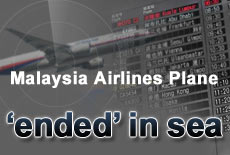
|

|

|
Today's Top News
Shooting reported at US Army base in Texas
Asiana admits pilot error in crash
Sina Weibo picks Nasdaq for IPO
Chinese tourist abducted in Malaysia
Japan removes export ban on military goods
5 dead in 8.2 quake off Chile
NY Councilman meets 'the press'
MH370 'unlikely' to hurt ties
US Weekly

|

|

